Colour in the Botanic GardensDuring this challenging time since the onset of Covid 19 and all its implications, we can hopefully spend some time to take a deep breath and admire the spectacles which are gifted to us by nature. |
Archives
June 2023
Categories
|
Proudly powered by Weebly
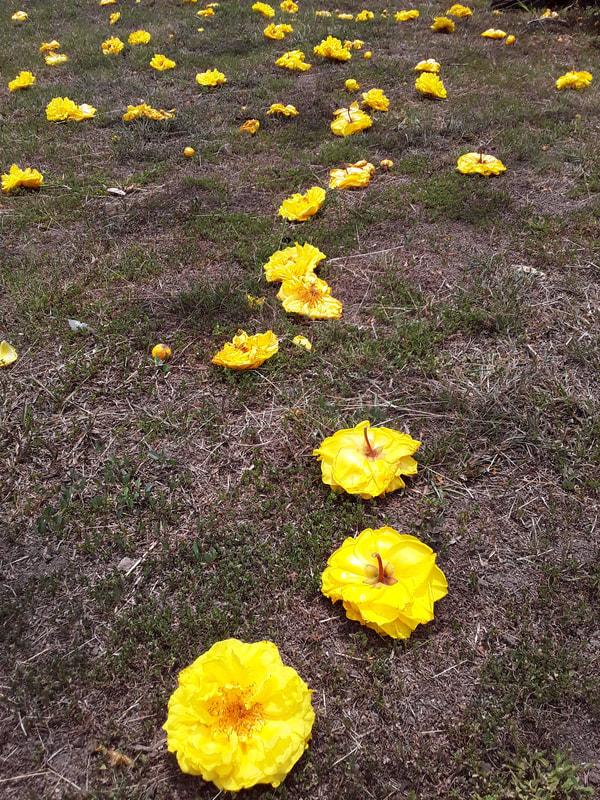
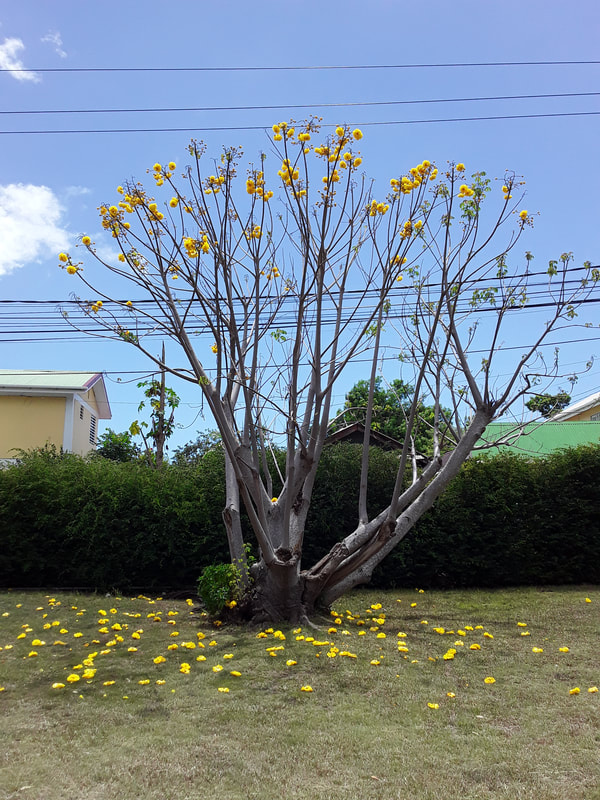
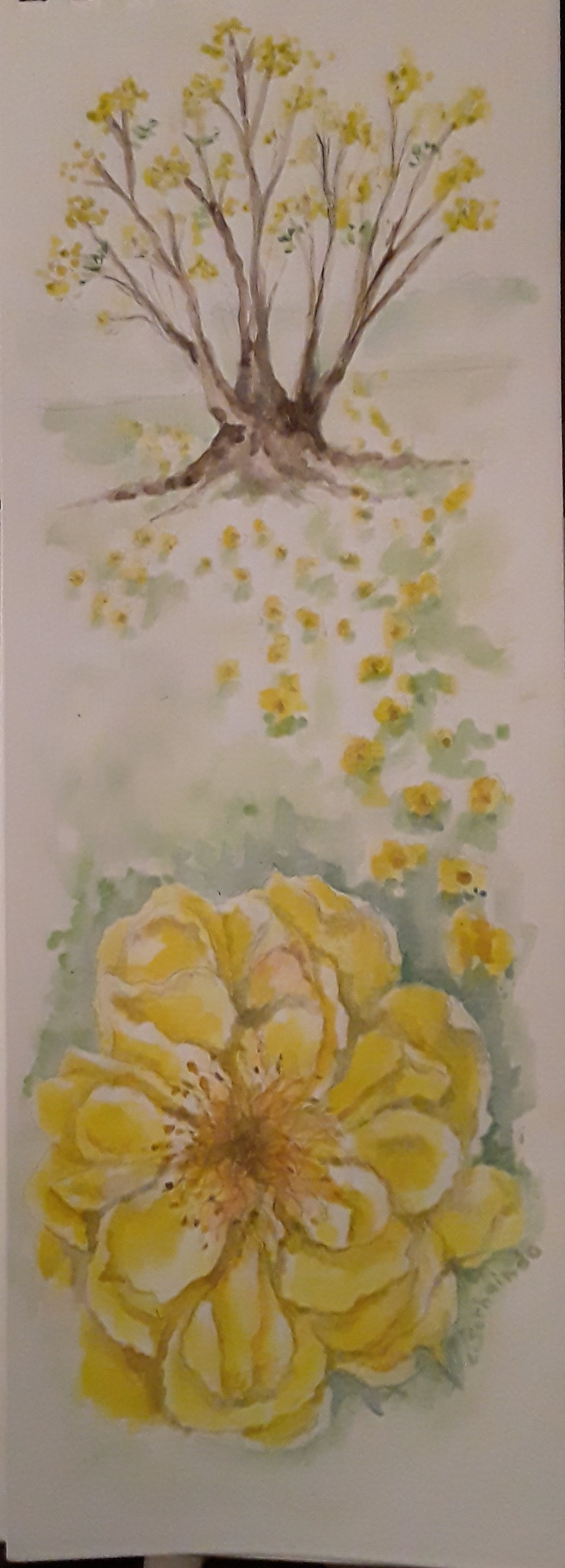
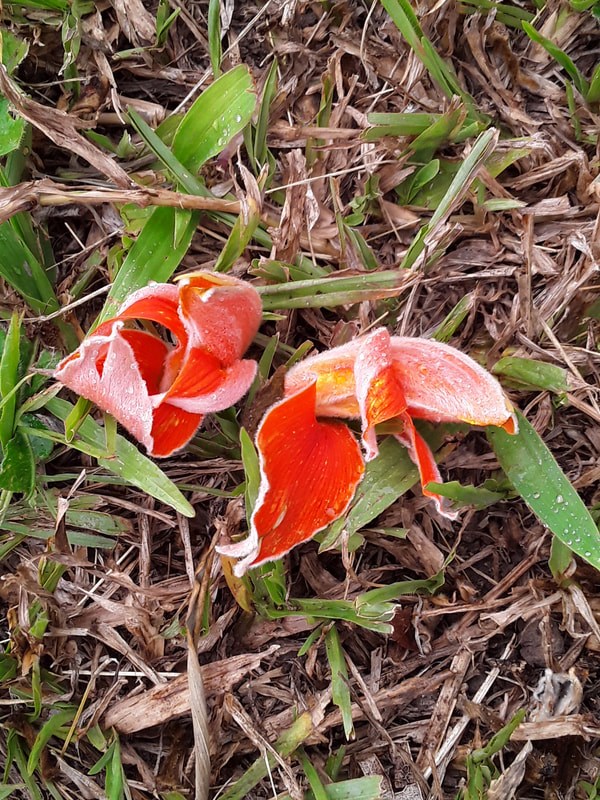
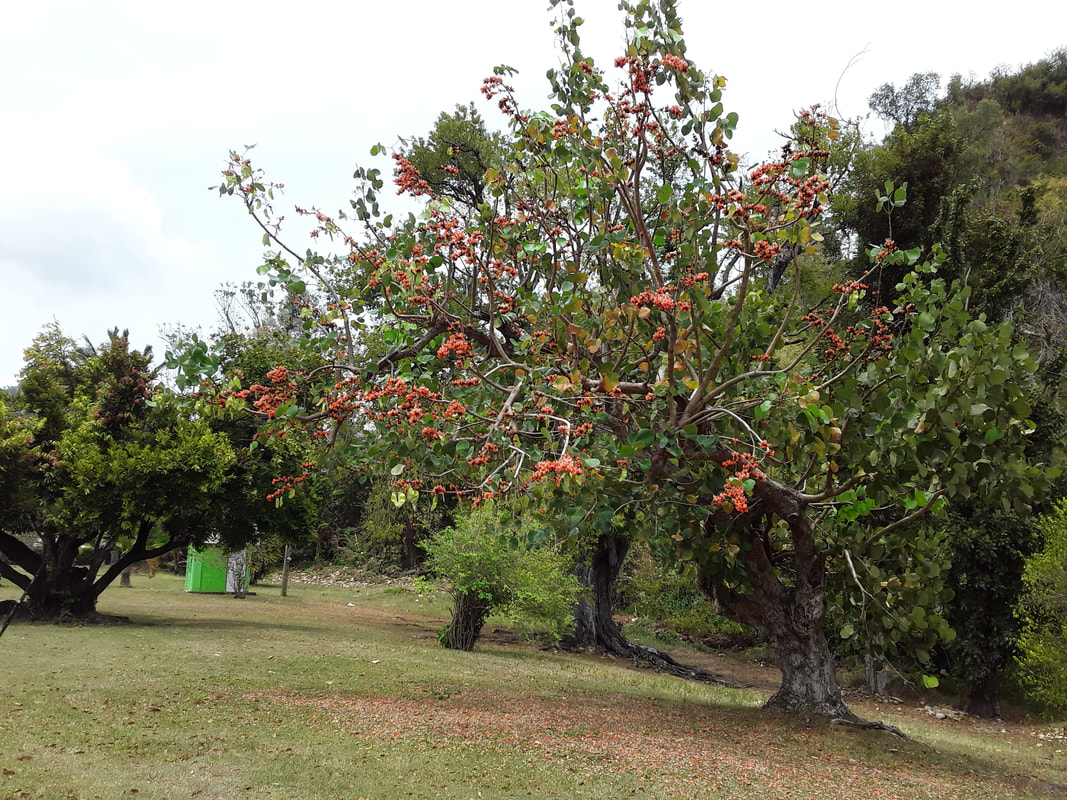
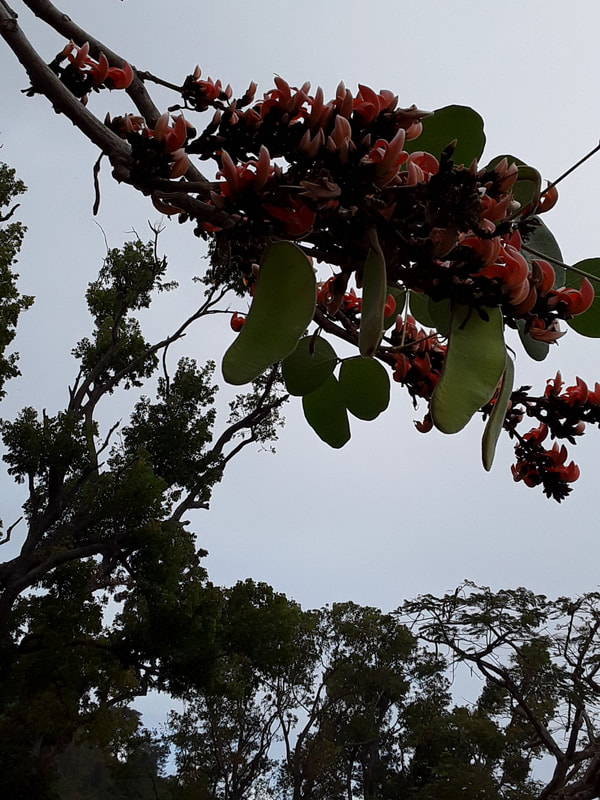
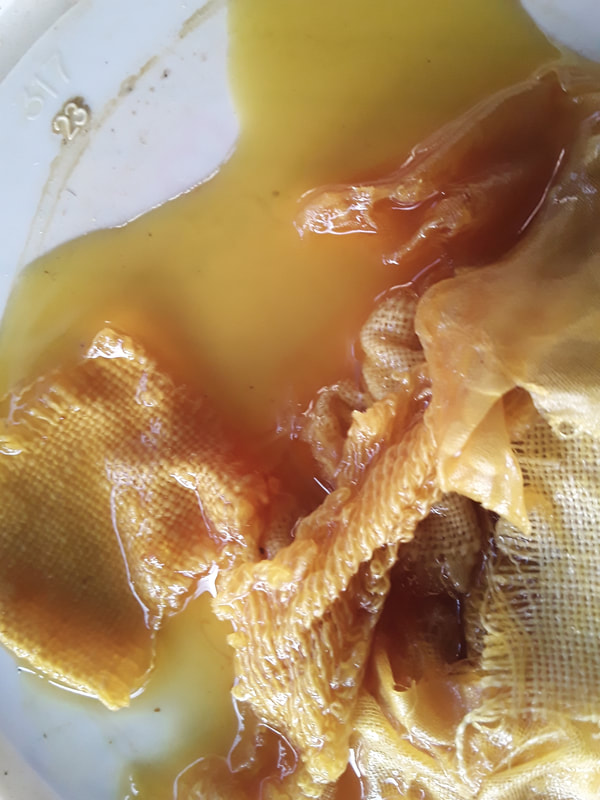
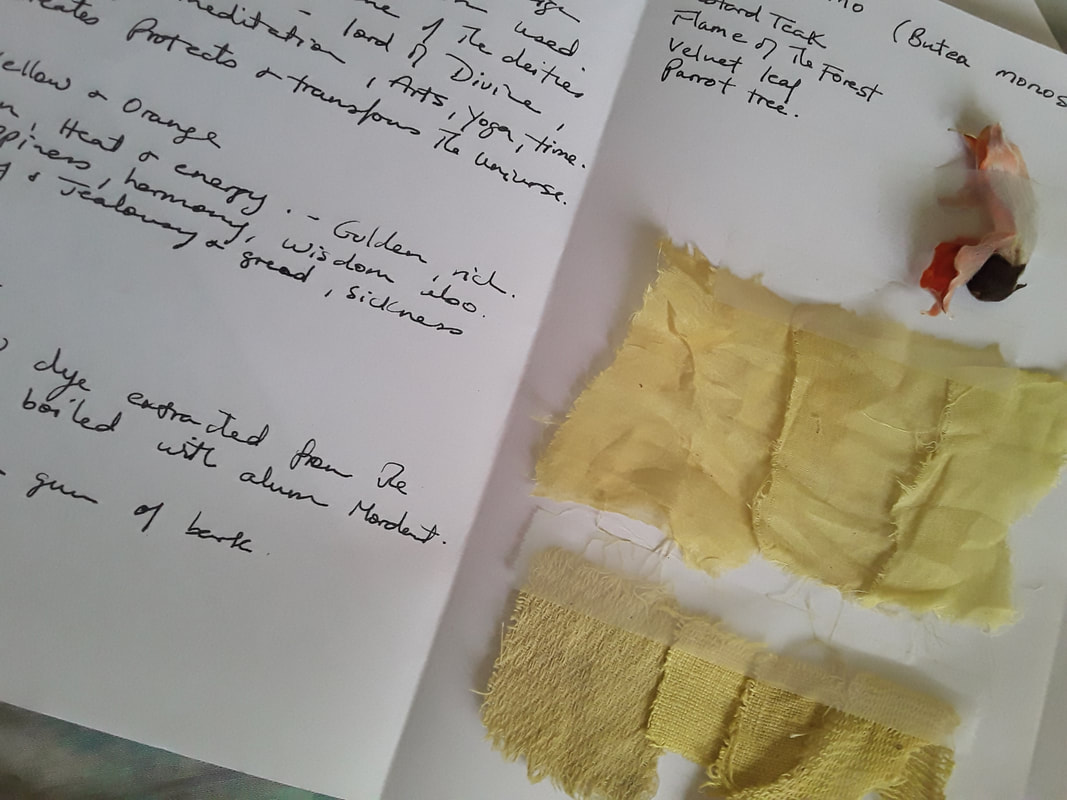
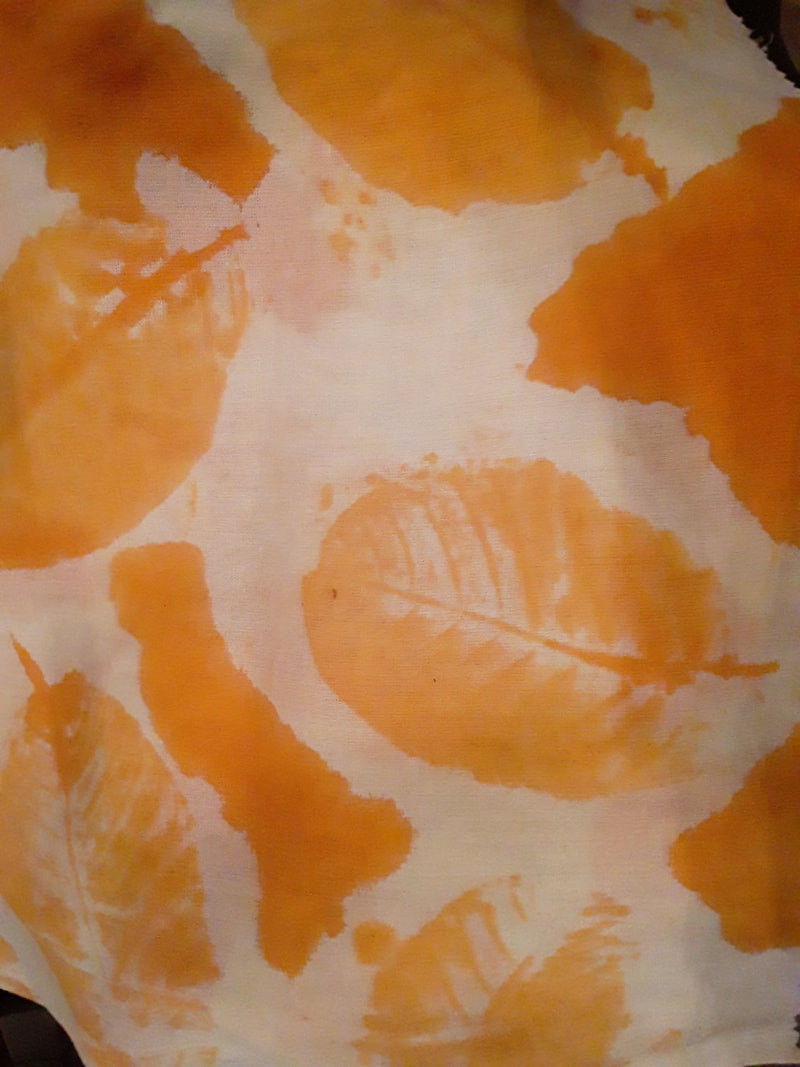
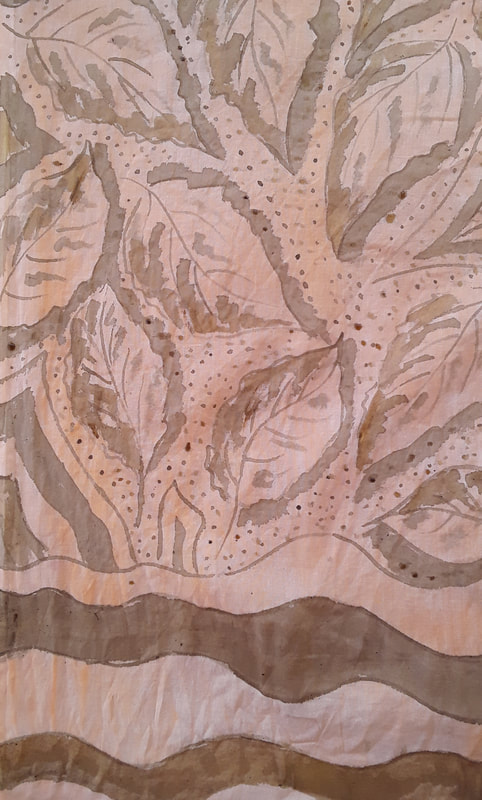
 RSS Feed
RSS Feed